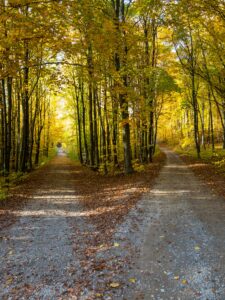
Sugarcane is cultivated in tropical and subtropical climates in areas with a plentiful supply of water. Approximately 800mm per annum is needed for a successful crop. Lower rainfall than this leads to difficult times for the industry.
There is a vast global market for sugarcane derivatives.
Sugarcane producers across the world are moving away from a sugar-only output to include energy (electricity and biofuels), and other biobased products (e.g. bioplastics, biochemicals). For this reason, global sugar prices can be driven more by energy prices than by consumer demand for sugar.
Sugarcane is grown in KwaZulu-Natal and Mpumalanga, where it is a strategic crop. Deteriorating conditions motivated the development of the South African Sugar Master Plan in 2020 (see “National strategy and government contact” heading).
At the time of drawing up the Sugar Master Plan (2020) the industry employed an estimated 65 000 people directly, and through upstream and downstream multipliers, supports a further 270 000 indirect jobs (Sugar Master Plan, 2020).
Some 340 000 hectares are planted with sugarcane (BFAP, 2023). Duty free imports from Eswatini, high input costs and the Health Promotions Levy (the sugar tax) suggest that the industry will lose a total of 53 800 hectares and a 6 172 jobs, and for 2 979 small scale farmers’ livelihoods to be threatened (BFAP, 2023).
It has previously been argued that permanent workers can be absorbed into new farming activities but the outlook for seasonal workers is more problematic (BFAP, 2021).
Farmers have been opting for alternative crops like macadamias, bananas, citrus and avocados. These are high-value, capital-intensive crops and so it is more than likely that hectares lost to sugarcane will be lost for a long time to come (BFAP, 2019).
The industry has identified four areas of diversification – cogeneration, biofuels, beneficiation of agricultural residues such as biogas and biobased products.
All four diversification areas aim to harness the full value of the sugarcane stalk producing sugarcane-based products which have already been manufactured in other parts of the African continent and the world.
Source: www.sasugarindustrydirectory.co.za
Further reference:
The South African Sugarcane Research Institute (SASRI)’s extension service provides the essential link between SASRI researchers and farmers through consultation and feedback. Find contact details of extension managers and extension specialists at www.sasugarindustrydirectory.co.za/directory.
The South African Cane Growers’ Association provides technical skills training for new and emerging cane growers, accounts and financial management workshops, regional economic advisors, a grower support service officer and access to a special VAT and diesel dispensation for small-scale growers.
The South African Farmers Development Association (SAFDA) provides training, but also has fertiliser, logistics, diesel and farm management initiatives as well as grower support staff to benefit growers. Find contact details for agricultural managers, district co-ordinators and grower support officers at https://sa-fda.org.za.
The milling companies also provide extensive service in support of the cane-growing operations of small- medium- and large-scale black farmers.
Globally, sugarcane industries have responded to the need for renewable energy, by diversifying from being producers of sugar to sugar and energy.
The biomass called bagasse, produced during the processing of sugarcane, can be used to generate steam and electricity. Sugar mills in South Africa already do this for their own energy needs. They have the capacity to inject significant amounts of surplus power into the national grid, which would make a significant contribution to green and renewable energy when this does become a priority for government.
Further reference:
Associations
Companies involved
Visit the websites listed earlier on this page.